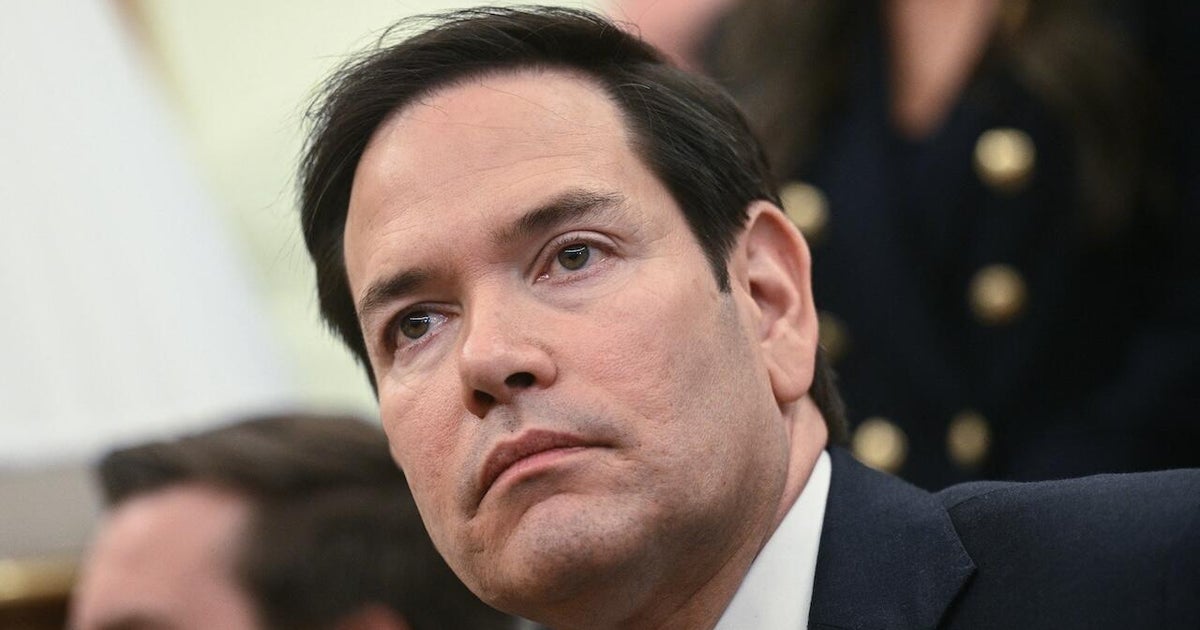Key takeaways:
- Secretary of State Marco Rubio announced a major restructuring of the State Department, aligning with the Trump administration’s “America First” policy, which includes a 15% reduction in domestic staff and the closure or consolidation of over 100 global bureaus.
- The restructuring plan involves closing 132 offices and relocating 137 others, with undersecretaries tasked with reducing personnel by 15-17%, as part of efforts to streamline operations and enhance efficiency.
- Rubio emphasized eliminating bureaucratic inefficiencies to better position the U.S. for 21st-century success, with undersecretaries given 30 days to develop implementation plans, reflecting a shift towards reducing government size and improving resource allocation.
Secretary of State Marco Rubio announced a significant restructuring of the State Department on Tuesday, aligning with the Trump administration’s “America First” policy. The plan includes a 15% reduction in staff within the United States and the closure or consolidation of over 100 bureaus globally. This initiative aims to streamline operations and enhance efficiency within the department.
Rubio shared posts from Free Press journalists indicating that the restructuring would involve closing 132 offices and relocating 137 others. Additionally, undersecretaries have been tasked with reducing personnel by 15-17%. Although these changes are not immediate, a senior State Department official stated that Rubio’s announcement provides a framework for future reductions, with Congress being informed to initiate the process.
In a department-wide email obtained by the Associated Press, Rubio emphasized the need to eliminate bureaucratic inefficiencies to better position the United States for success in the 21st century. He highlighted the importance of reallocating resources to foster innovation and address contemporary challenges effectively.
Undersecretaries of the various bureaus have been given approximately 30 days to develop plans for implementing the proposed staff reductions. This directive marks a significant shift in the State Department’s operational strategy, reflecting the administration’s broader goals of reducing government size and enhancing resource allocation.



Be First to Comment